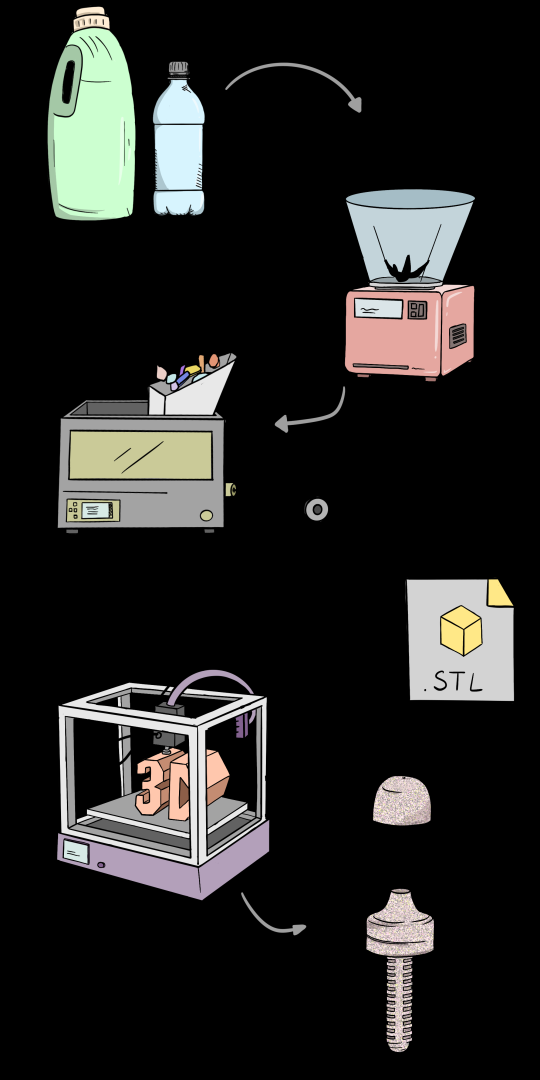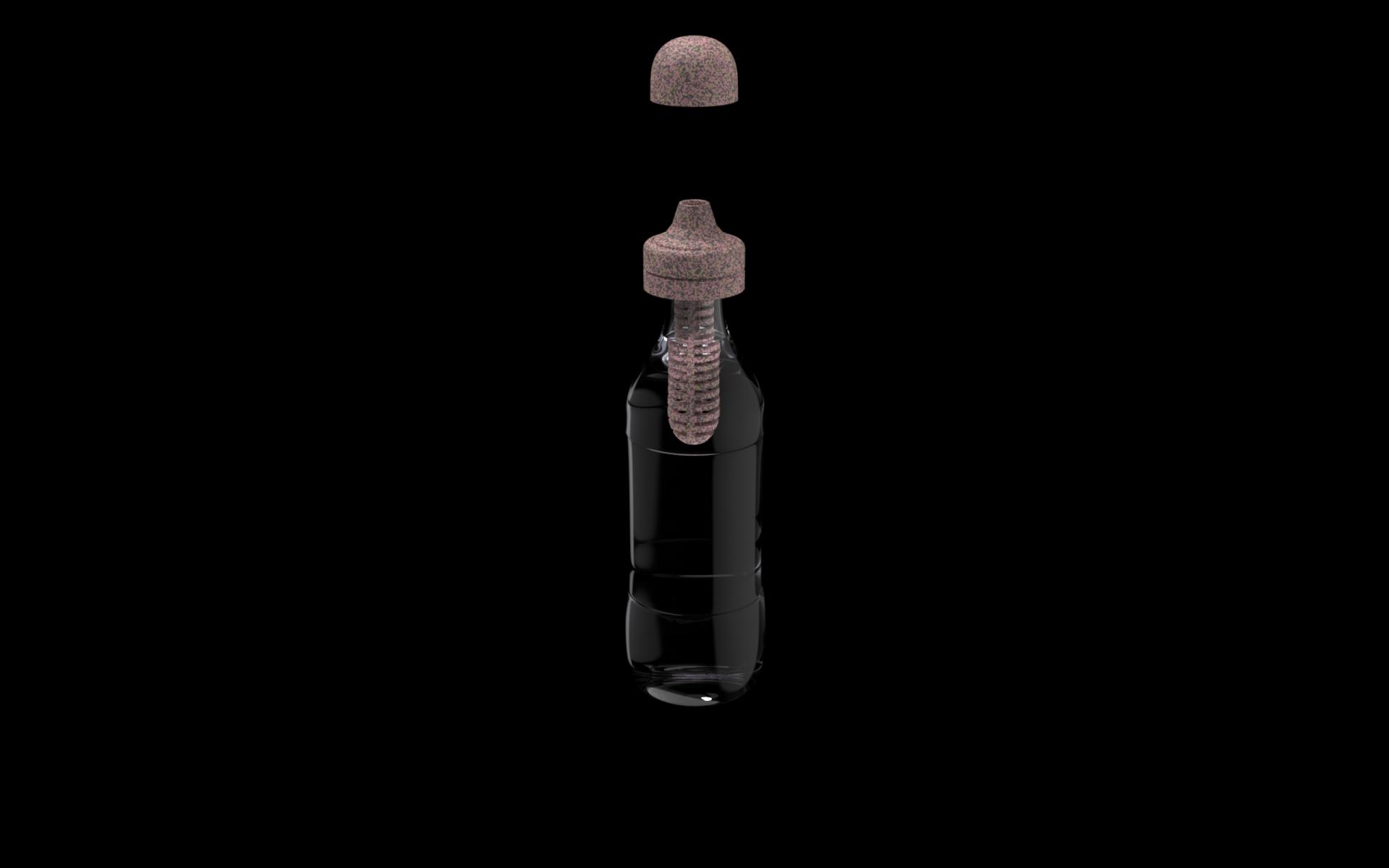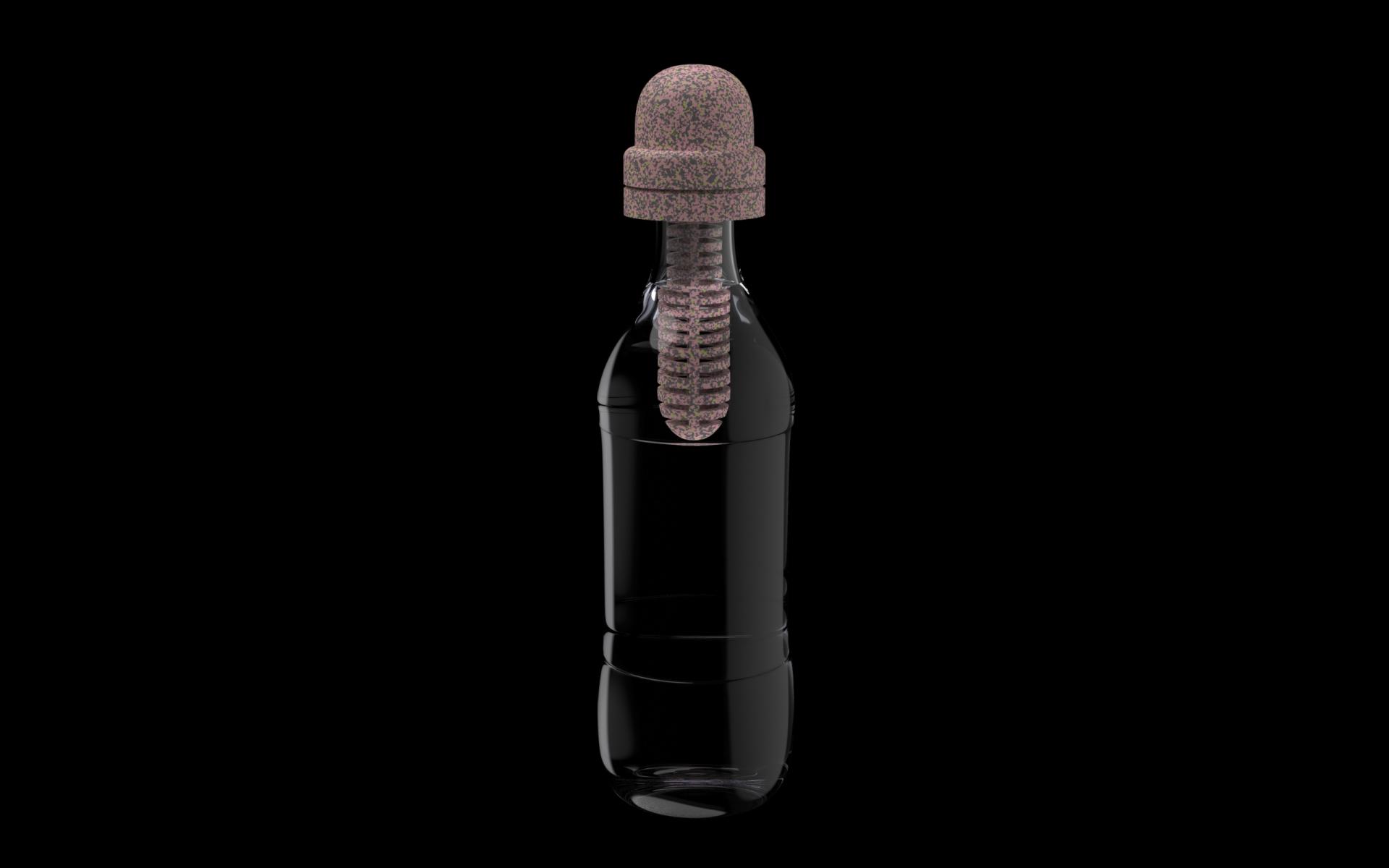Re_Recycle
Basic information
Project Title
Category
Project Description
Re-Recycle is a design cap made of 100% recycled material from plastic bottles, which arises from the need for underdeveloped communities with problems of pollution of the seas from waste, to find drinking water and manage the collection of waste, with the aim of raising awareness of the citizens involved in the project towards a sustainable attitude, through the organization of collaborative activities and in support of the implementation of the project.
Geographical Scope
Urban or rural issues
Physical or other transformations
EU Programme or fund
Which funds
Description of the project
Summary
The concept developed has as its starting point to intervene on a problem existing in underdeveloped countries, namely water pollution. This project aims to develop a user-friendly product that is part of an underdeveloped community with both water and land pollution problems, through an initiative aimed at involving the entire local community in its creation, bringing it closer to a greater responsibility and collective sensitivity regarding pollution and waste disposal issues. The basic idea is to reuse the huge amount of plastics present in the territory under consideration, to create through a recycling process a new printable material that through additive manufactoring will develop a product for water purification; all this will also be strongly based on field training that through theoretical and practical workshops will involve the community in training and creation.
Key objectives for sustainability
The project fits perfectly into a dimension of circularity and environmental sustainability, as the whole initiative from training and creation of know-how to the realization of the product, does not provide for the inclusion of new raw materials or the introduction of impacting equipment for the production of the product. The circularity given by the recycling of plastic and the reuse of it for the production of the product, allows to clean the territory from polluting materials such as plastics and solves an important problem for underdeveloped communities or the purification of water.
By examining an input and output balance of the entire process, the material is potentially recyclable endlessly as process waste such as media or failed prints and/or the end-of-life product, can be processed to be re-imported as printable material again. By intervening in areas deeply affected by environmental pollution, we will help the community to value an otherwise unused and harmful waste.
Key objectives for aesthetics and quality
Starting from the recovery of bottles, bottles and other polluting plastic materials that crowd the seas and passing through a careful process of selection, cleaning and recycling of the same, we arrived at the design of a systemproduct aimed at raising awareness of issues related to environmental sustainability. The project speaks to countries in which there is a strong need and urgency to act because, not only of the environmental problem, but above all because of the little social attention paid. Another difficulty faced by less developed countries is the impossibility of finding drinking water due to the absence of water systems and the low presence of primary sources. The design responds to this call by designing a bottle cap capable of making water drinkable and composed, in total, of three pieces 3D printed: a threaded cap with spout, designed ad hoc to be screwed to the bottle; a filter designed to contain the activated carbon inside and a lid to seal the whole. The choice of the activated carbon filter as a water purifier depends on a technological issue, thanks to its ability to stop the passage of pollutants, such as sediment, impurities, bacteria, microplastics, heavy metals, etc. and on an economic issue, as it provides for low project feasibility costs. The experience that you want to achieve with the following proposal is not only a user experience; therefore, closely linked to the use of the product since there is a primary need on the part of the user, but wants to tell a process and involve the community in the design and implementation through co-design activities aimed at education to sustainability.
Key objectives for inclusion
In the project, the concept of inclusion is concretized in the involvement of citizens in all the executive operations, starting from the collection of waste to the support of printing and 3D modeling technicians in a perspective of education of the population. Some examples of early stages are project-specific waste collection and washing, educating people in terms of knowledge about the proper disposal and recycling of plastics. During the processing of the raw waste, the material is chopped inside blenders (also household), and then inserted inside the protocycler to obtain 3D printing material inside coils. It is planned as co-design the involvement of the locals as valuable assistants in the process of learning software and using the tools necessary for processing, so as to make them technologically independent at the end of the stay of designers in the work areas.
Physical or other transformations
Innovative character
Environmental sustainability, quality of experience, inclusion. Inclusion. The more you share a project, an idea, a point of view, the more the ability to motivate and credibly support an original and distinctive vision emerges. Introducing 3D printing technology on weakly fertile soils seems paradoxical, but opposing logics sometimes reveal unexpected results. In this game the breaking of the schemes, the innovation in every field, the exploration, can give rise to adhesion and collectivity. An object for all, humanly necessary, through a niche but generative vehicle, to reorient towards an expressive and future dimension of the production system, consumption and communication. Where the message towards the new generations will be that of feasibility, of happy relationship with the world. Where a waste resource can become noble both materially and morally. Suggestions and aspirations, in addition to needs, take on further relevance if in the interests of the community. Invest in 3D, in training, to give voice to the " and then something happened". Our more than being an exercise in style, it was a progressive exercise, suitable for functionality, where it is the message and not the aesthetics that proclaim its success. To extend to strategy, to civil consciousness, where narcissistic personalization and individual whims are reduced in favor of a ritual credibility.



